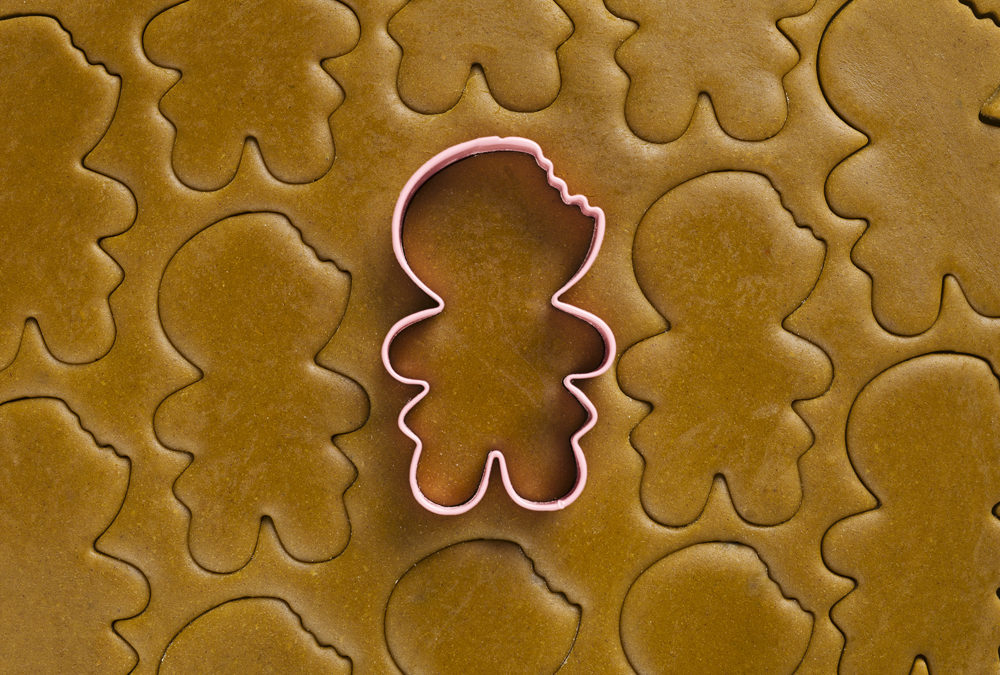
It’s time to stop the cookie-cutter approach to treating substance use.
Drug rehab first got its start in Minnesota back in the 1950s. Known as the “Minnesota Model” it was based on the 12-step program of Alcoholics Anonymous. It was a good solution for its time — considering how little we really knew back then about the causes of substance use.
But here we are 70 years later, and many people still believe this is the only approach to recovery. Just ask anyone what treatments are available for addiction and they’ll tell you AA. Even many for-profit addiction treatment centers still make this abstinence-based, 12-step model of recovery a required part of their program.
Now we’re not suggesting that the traditional 12-step model is bad or wrong. What we’re saying is that successful treatment isn’t just about stopping someone from using drugs — it’s about addressing the reasons why those individuals started using in the first place.
According to scientific evidence, most people use drugs as a survival skill to cope with past trauma. Of course, when you hear the word trauma, a traumatic event such as a car crash or a house fire usually comes to mind. But it could also be something as common as a divorce or never developing a close relationship with a parent. If you’re a young child, these are also very traumatic events that could eventually lead to substance use.
A person’s mental health is another important area that should be addressed during treatment. Especially since the National Institute on Drug Abuse (NIDA) says that people who are diagnosed with a mood or anxiety disorder are twice as likely to struggle with addiction.
Unfortunately, you won’t find deep-seated traumas or other mental health disorders being treated by for-profit addiction centers that focus more on abstinence-based methods or the “28 Day Cure.”
Associating 28-day cure with treatment is incongruous. Instead, we must recognize that treatment is many things—community support, education, housing, peer support. AA is part of a plan but it does not constitute treatment. That’s why we must stop following this cookie-cutter approach to treating substance use and instead develop a patient-centered model of care where each individual’s needs are identified and a plan is made to meet them. We understand that people use substances to mitigate pain. We need to look deeper.
•••
The Center for Great Expectations’ unique Trauma C.A.R.E. model was developed in 2010 by Dr. Debbie Ruisard to treat trauma, mental health and substance use disorders simultaneously. To learn more about CGE’s approach to substance use treatment, visit https://www.cge-nj.org/programs/our-treatment-model/


